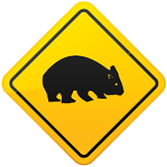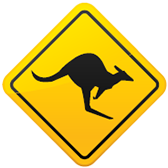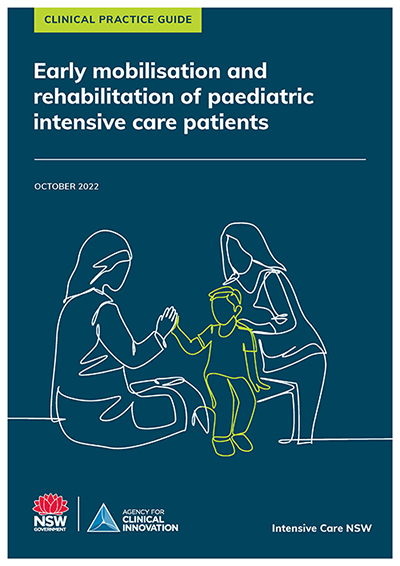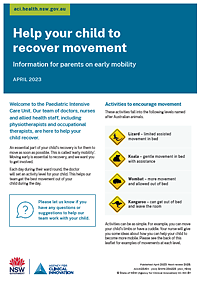Published: October 2022. Next review: 2027.
This guide provides a framework to support clinicians in the safe use of early mobilisation activities for paediatric intensive care unit patients.
Early mobilisation and rehabilitation of paediatric intensive care unit patients can prevent complications, delays in mobility and extended hospital stays. It requires a multidisciplinary, collaborative approach.
The guide uses an animal system to classify a safe level of movement for all children in the paediatric intensive care unit. Movement then gradually increases as the patient recovers.
Information for parents
Moving early is essential to the recovery of children in an intensive care unit. Parents can support their child while they are in hospital by encouraging them to do the activities outlined in this information sheet.
Download activities that support early mobility (PDF 306.6 KB)
At a glance

Lizard – Limited activity, contraindications present. Repositioning, pressure area care and splints only.

Wombat – Medium acuity patient, moderate level activities. Mobility within the bedspace.

Koala – High acuity patient, low level activities. Activities within the bed only.

Kangaroo – Low acuity patient, higher level activities. Mobility around the unit and outside the unit with medical approval.
Background
This clinical practice guide and related resources were developed, with permission, based on the experience and lessons learned by the Queensland Children’s Hospital PICU.

